Western Bulk Herbs – Cinchona Bark
Western Bulk Herbs Cinchona Bark.
Cinchona Calisaya according to Weddell, is a lofty tree, with a trunk two or more feet in diameter, and a summit usually rising above the other trees of the forest. The leaves are oblong, or lanceolate-obovate, petiolate, obtuse, acute or slightly attenuated at the base, softish, from three to six inches long, and one or two in breadth, above smooth, of a velvety aspect and obscurely green, beneath smooth, and of a pale emerald hue, with scrobiculi at the axils of the veins, but scarcely visible on the upper surface. The stipules are about as long as the petioles, or somewhat longer, oblong, very obtuse, and very smooth. The flowers are in ovate or subcorymbose panicles. The calyx is pubescent, with a cup-shaped limb, and short triangular teeth ; the corolla is rose-colored, with a cylindrical tube about one-third of an inch long, and a laciniate limb fringed at the edges ; the stamina are concealed in the tube, and have anthers more than twice as long as the filaments. The fruit is an ovate capsule scarcely as long as the flower, inclosing elliptical lanceolate seeds, the margin of which is irregularly toothed, so as to have a fimbriated appearance. This tree grows in forests upon the Andes several thousand feet above the ocean, also in the hottest valleys of Bolivia, and in the south of Peru. From it the Calisaya or Yellow Bark is obtained, but, as stated by Weddell, who met with considerable difficulty before he could obtain a sight of the tree in its full vigor, it is rapidly disappearing, on account of the careless manner in which the bark-collectors attend to it. The discovery of this species has settled the inquiry concerning the true source of the Calisaya bark.
inchona bark is tonic, antiperiodic, slightly astringent, and topically antiseptic. When received into the stomach it generally causes a sense .of heat, which often diffuses itself gradually over the whole trunk ; occasionally it causes gastric and intestinal irritation, and even nausea and vomiting, particularly if the stomach is in an irritable or inflamed condition. The circulation finally becomes influenced by it, as manifested in the increased frequency of the pulse, with a slight excitement of all the functions of the system, especially when given in large doses. In many persons its action upon the nervous system is accompanied with a sense of tension, fullness, or slight pain in the head, tinnitus aurium or singing in the ears, and partial deafness. It is valuable in functional derangements of the stomach, improving digestion, and invigorating the nervous and muscular systems in diseases of general debility, and in convalescence from exhausting diseases. As a tonic, it will be found of advantage in the latter stages of typhus gravior, also in measles, small-pox, malignant scarlatina, during the absence of fever or inflammation ; likewise in carbuncle, gangrenous erysipelas, and in all cases in which the system is exhausted under large purulent discharges, and where there is a tendency to recovery, supporting the powers of the constitution until all abnormal action is removed. It may likewise be used in all chronic diseases attended with debility, as in scrofula, dropsy, passive hemorrhages, certain forms of dyspepsia, obstinate cutaneous affections, amenorrhea, chorea, and hysteria. Its use is contra-indicated where any local irritation or inflammation is present ; profuse sweats during sleep may be considered one indication for its employment.
Cinchona bark, however, exhibits its most important therapeutical powers, as an antiperiodic, and in the consequent influence it exerts in almost invariably curing remittent and intermittent fevers, and the generality of diseases which are accompanied by symptoms of marked periodicity, as neuralgia, hemicrania, epilepsy, diarrhea and dysentery when epidemic, etc. Its use should in most cases be preceded by a laxative, after the action of which the powder may be given in doses of from ten to sixty grains, and repeated according to circumstances, every one, two or four hours, until one or two ounces have been taken during the periods of intermission, and continue thus until a cure is effected, or the remedy is found insufficient for the cure of the disease. In the use of the barks, to obtain their antiperiodic influence, the red and yellow are considered superior to the pale, and of which the red is preferred. The pale bark is preferable as a tonic, being less apt to offend the stomach, or irritate the bowels. Quinia, or its salts, especially the sulphate, is usually employed as a tonic and antiperiodic in place of the bark itself, but there have been many instances in which the bark in powder has succeeded in effecting a cure, when its alkaloidal salts failed; the cause of this is not well understood. In such cases, when the powder from its bulk or otherwise, offends the stomach, the infusion, decoction, tincture, or extract may be administered. Sometimes bark or its preparations occasions purging, which may be obviated by small portions of opium or laudanum.
Externally, a poultice of the bark has been found an excellent application to felons, fetid and gangrenous ulcers, etc., also as an injection with opium, when the stomach rejects it; and quilted between two pieces of muslin or flannel, and made into jackets, it has been of utility in obstinate intermittents, to be worn next the skin. Dose of Cinchona as an antiperiodic, from half a drachm to a drachm; as a tonic, from ten to sixty grains ; of the infusion or decoction two fluidounces, to be repeated two or three times a day; of the extract from five to thirty grains.
Latin Name:
Cinchona officinalis
Common Name:
Cinchona
Parts Used:
Properties:
Traditional Uses:
Internal Applications:
Topical Uses / Applications:
Culinary Uses:
Chemical Properties:
Folk Lore:
Cautions:
*Disclaimer: These statements have not been evaluated by the Food and Drug Administration. This product is not intended to diagnose, treat, cure or prevent any disease.
Resources:
Cinchona. Peruvian Bark. | Henriette’s Herbal Homepage (henriettes-herb.com)

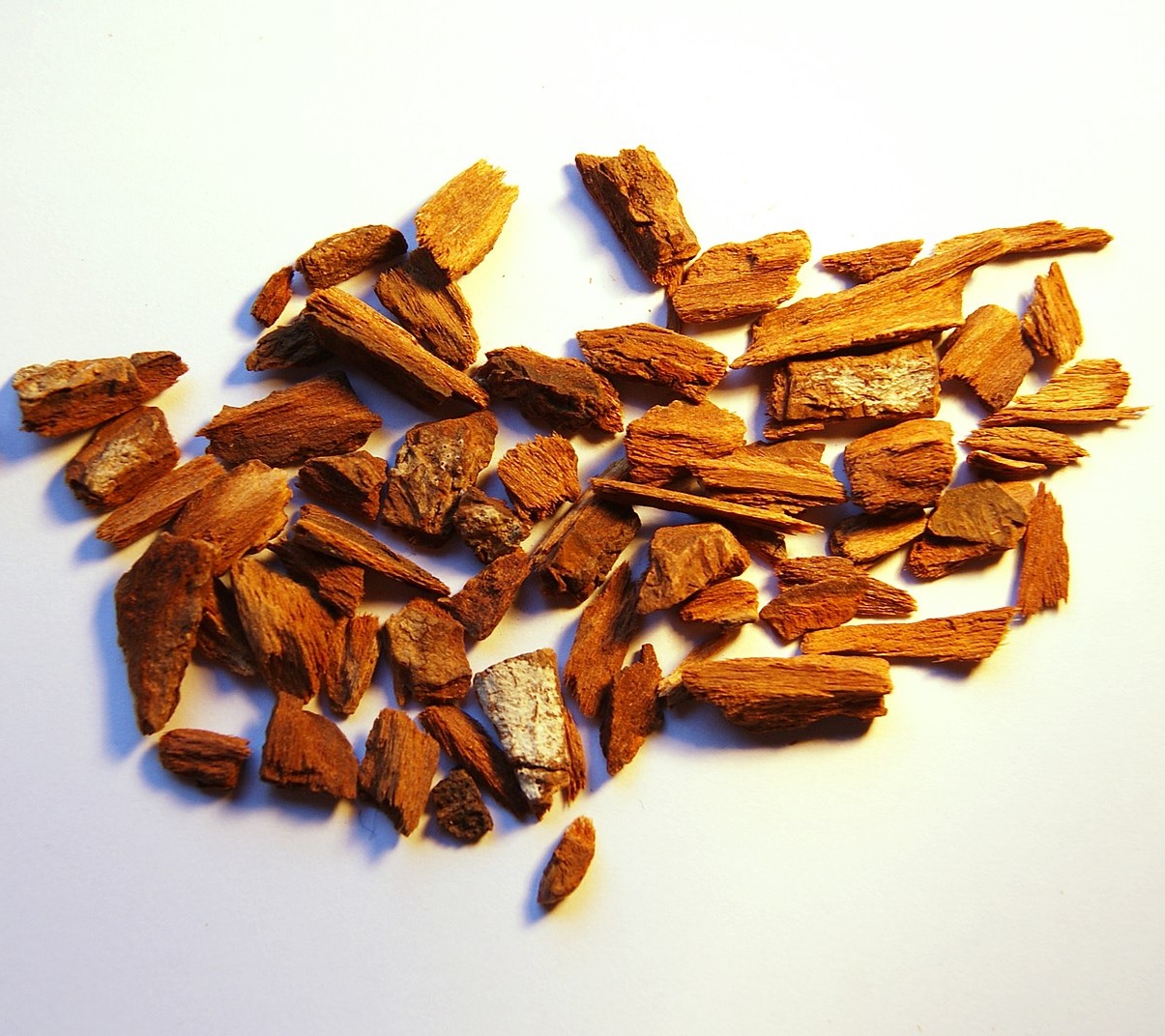
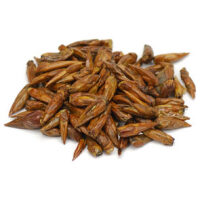
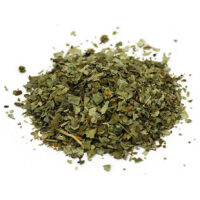
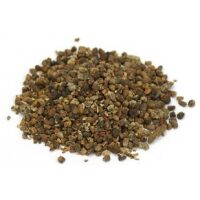
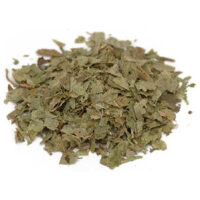

Reviews
There are no reviews yet.